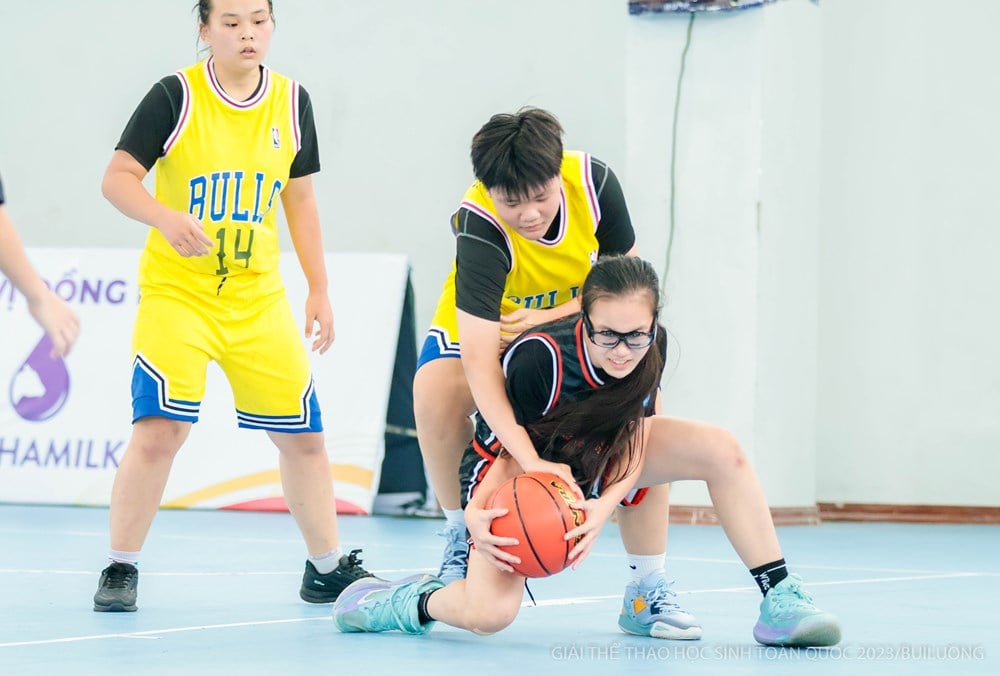
This result is not only a symbolic boost for student sports but also compelling evidence of the enormous potential of the school sports model when properly invested in and operated with strategic thinking.
A rare bright spot
The story of the Van Hien football team is a bright spot amidst a still dark picture of school sports. Stepping from the "schoolyard" onto the "professional playing field," the Van Hien players carry with them knowledge, skills, and a well-established sports ecosystem within the school.
This is one of the very few models in Vietnam today that shows that school sports can absolutely become a sustainable breeding ground for football, and more broadly, for high-performance sports, if it receives serious investment, a long-term vision, and effective collaboration between education , sports, and businesses. However, to transform from a "bright spot" into a "movement," from an "isolated" to a "systemic," Vietnamese school sports still have a long way to go.
Recognizing the importance of school sports, a conference on improving the quality of physical education and sports in schools was organized as early as 2019.
Statistics at the time showed that the country had nearly 80,000 physical education teachers, of which about 74% were full-time teachers and 26% were part-time teachers. The number of physical education teachers in schools was insufficient, and their structure did not meet the development requirements.
In particular, at the primary school level, only 20% of schools have dedicated teachers. Most schools teach the old curriculum issued in 2000, with few guidelines, practical skills training, and no extracurricular sports activities.
The teaching staff is insufficient in number compared to the demand, and weak in knowledge and skills, especially in guiding movement and coaching for sports activities, while society is paying close attention to this issue.
Not only is there a shortage of teachers, but schools also lack suitable facilities for teaching. Statistics show that up to 85% of schools nationwide lack sports fields; over 99% do not have swimming pools, and only about 20% have standard multi-purpose gymnasiums.
In urban areas, expanding space for physical education is limited by land availability; in remote areas, limited economic conditions mean that sports facilities are almost indefinitely postponed.
In this context, many physical education classes become "extended breaks"; students focus more on theory than practice; school sports activities are 형식적인 (formalistic) and lack vitality; and some students even consider physical education class as... an opportunity to skip school.
It is worth noting that in places with well-organized extracurricular sports activities, students not only develop physically but also hone life skills, build teamwork, and enhance their thinking and emotional abilities.
Lack of connectivity and policies for nurturing talent.
Unlike countries with developed school sports systems, in Vietnam, the connection between the education sector and the sports sector, between schools and training centers, and between gifted students and specialized training environments is still very limited.
The discovery and selection of athletic talent still relies primarily on the Phu Dong Sports Festival or seasonal student competitions, while lacking a regular, systematic, and continuous approach.
The story of Van Hien University Club's promotion to the First Division demonstrates a model of collaboration worth emulating. It has built a deep and robust sports ecosystem, and the close connection between education, training, and competition has helped the club produce a generation of players who are both knowledgeable and skilled, capable of competing at a high level.
The reality is that we don't lack talented students in sports. However, these "green shoots" are easily forgotten if they don't have the "sun"—a suitable policy system; the "fertile ground"—a standard training environment; and the "water"—the support of teachers, family, and society.
While the Van Hien Club is a successful model, in thousands of schools across the country, student sports teams still face difficulties in organizing training; tournaments are still considered mere extracurricular activities; and student athletes rarely receive scholarships or opportunities for further talent development, unlike in many other developed countries.
In the United States, with its strong school sports system, the majority of national athletes come from schools. At the 2024 Paris Olympics, 75% of American athletes had competed in college-level competitions, and at the Tokyo Olympics, that number rose to 70%. Statistics also show that athletes from American school sports backgrounds contribute 80% of the total Olympic medals for the country.
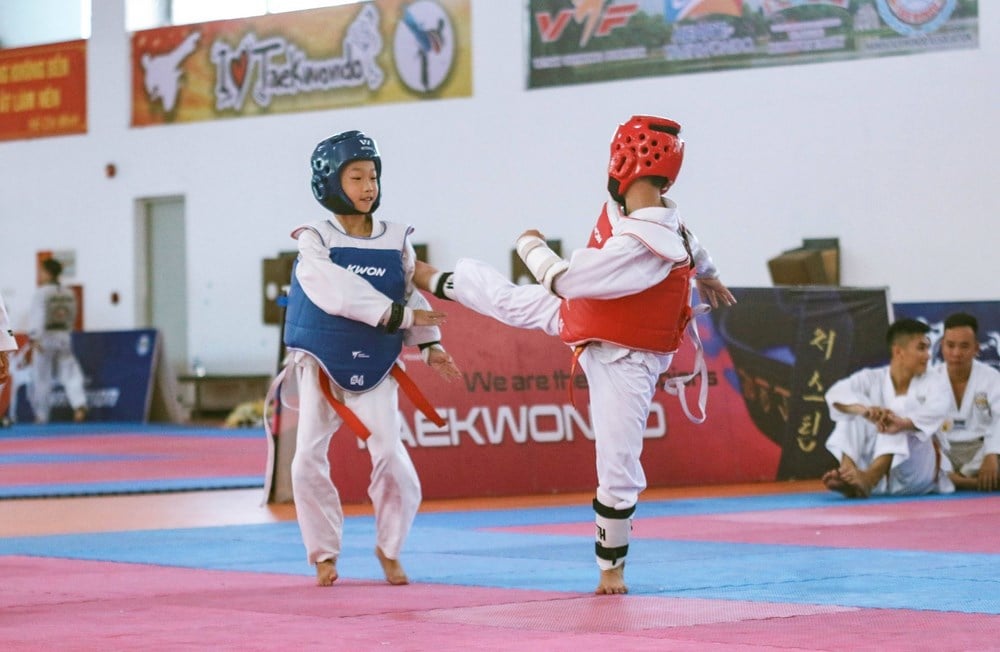
A coordinated strategy is needed.
For school sports to truly become the foundation for high-performance sports, a more comprehensive and synchronized strategy is needed. First, it's crucial to enhance the capacity of physical education teachers through intensive training programs; supplement the team of semi-professional coaches in schools with strong sports programs; invest in building minimum infrastructure such as playgrounds and gymnasiums; develop diverse, engaging, and flexible physical education programs; and integrate sports into extracurricular activities regularly, rather than seasonally.
In particular, there is a need for policies to encourage talented students in sports through scholarships; mechanisms to link schools, clubs, and training centers; and the organization of tournaments in a systematic way so that students can compete, receive recognition, and develop along a professional path. School sports are the "nursery" for professional sports.
But without proper planning and nurturing, even the best saplings will struggle to grow into large trees. The story of the Van Hien Club is an example, a model worth replicating, but to have more Van Hien clubs, we need a systemic transformation.
The problem of school sports, therefore, cannot be solved by a few competitions or short-term policies, but requires concerted efforts from many sides: the education sector, the sports sector, families, schools, and businesses.
Only when all those elements are present will the "nursery" truly bear fruit. And the dream of elevating Vietnamese sports to the continental level will no longer be a distant one.
Physical education results should be considered one of the mandatory requirements.
School sports play a crucial role, serving as a foundation for high-performance sports and public health care. In recent years, despite the Ministry of Culture, Sports and Tourism's coordination with the Ministry of Education and Training and the People's Committees of provinces and cities to invest in and standardize facilities, equipment, and teaching staff; and to build swimming pools and multi-purpose gymnasiums for general education institutions tailored to the specific conditions of each level and locality, the development of school sports has not met expectations due to various difficulties in funding, facilities, and human resources.
In the coming period, the Department will continue to coordinate and strengthen the links between schools and sports facilities in physical education activities. Extracurricular sports activities will be organized in a personalized manner, suitable to the interests, psychology, and age of students, with a focus on swimming, traditional martial arts, folk dance, and other suitable sports.
Besides focusing on developing various types of school sports clubs and innovating physical education methods, the education sector should also reform the testing and evaluation of physical education results and consider these results as one of the mandatory conditions for school admission and graduation consideration for students at each educational level.
This is a groundbreaking solution aimed at changing the perceptions and actions of parents and society as a whole regarding the promotion and encouragement of children and students to develop daily physical exercise habits, avoiding the situation where physical education is considered a secondary subject.
(Ms. Nguyen Thi Chien, Deputy Head of the Sports for All Department, Vietnam Sports Administration)
Source: https://baovanhoa.vn/the-thao/vuon-uom-con-bo-ngo-148329.html



![[Photo] Two flights successfully landed and took off at Long Thanh Airport.](/_next/image?url=https%3A%2F%2Fvphoto.vietnam.vn%2Fthumb%2F1200x675%2Fvietnam%2Fresource%2FIMAGE%2F2025%2F12%2F15%2F1765808718882_ndo_br_img-8897-resize-5807-jpg.webp&w=3840&q=75)






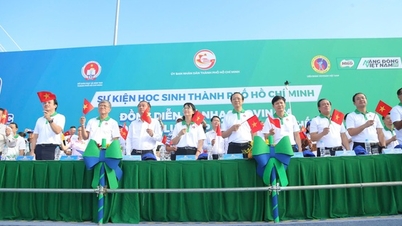

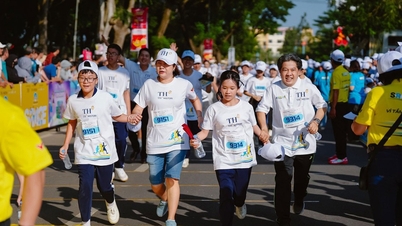



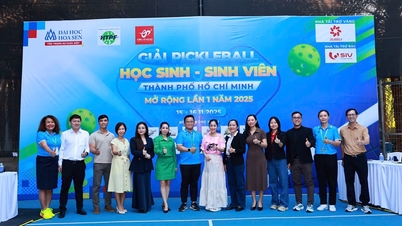
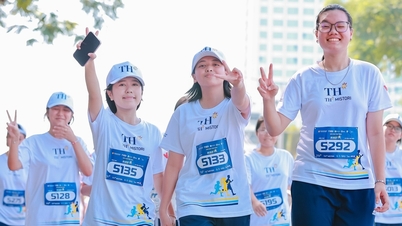

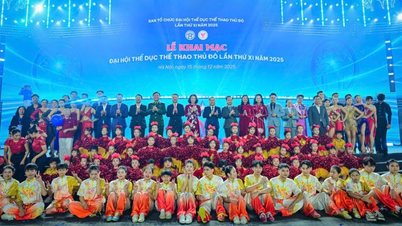


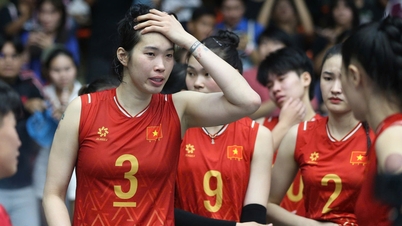
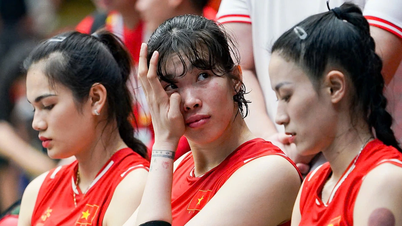

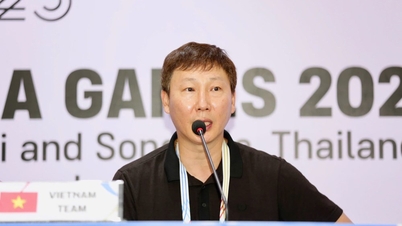
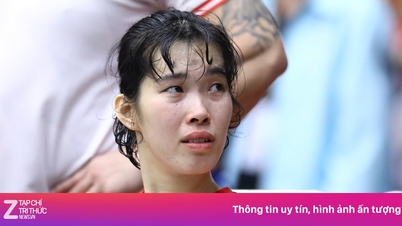



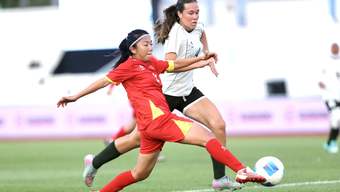




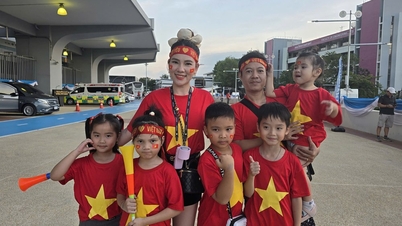


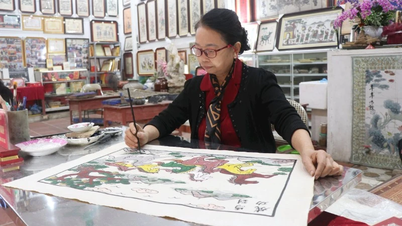

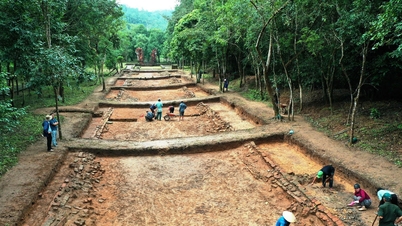










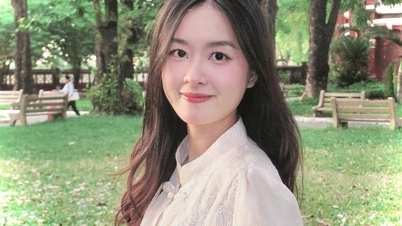

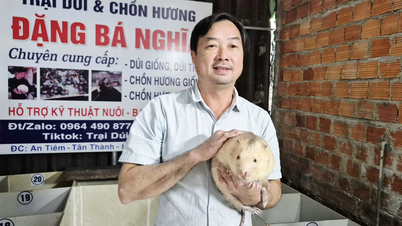

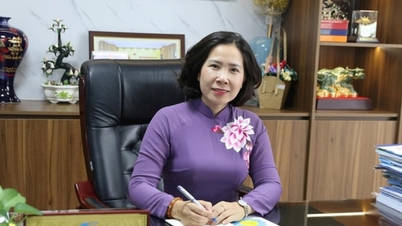



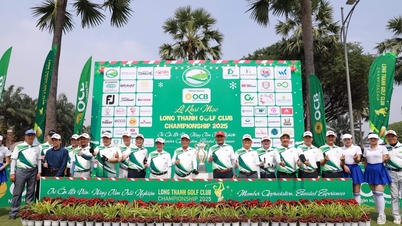


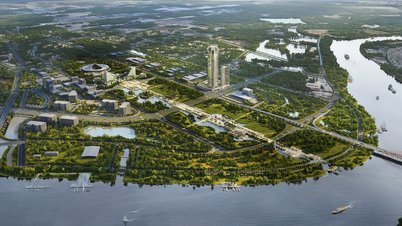


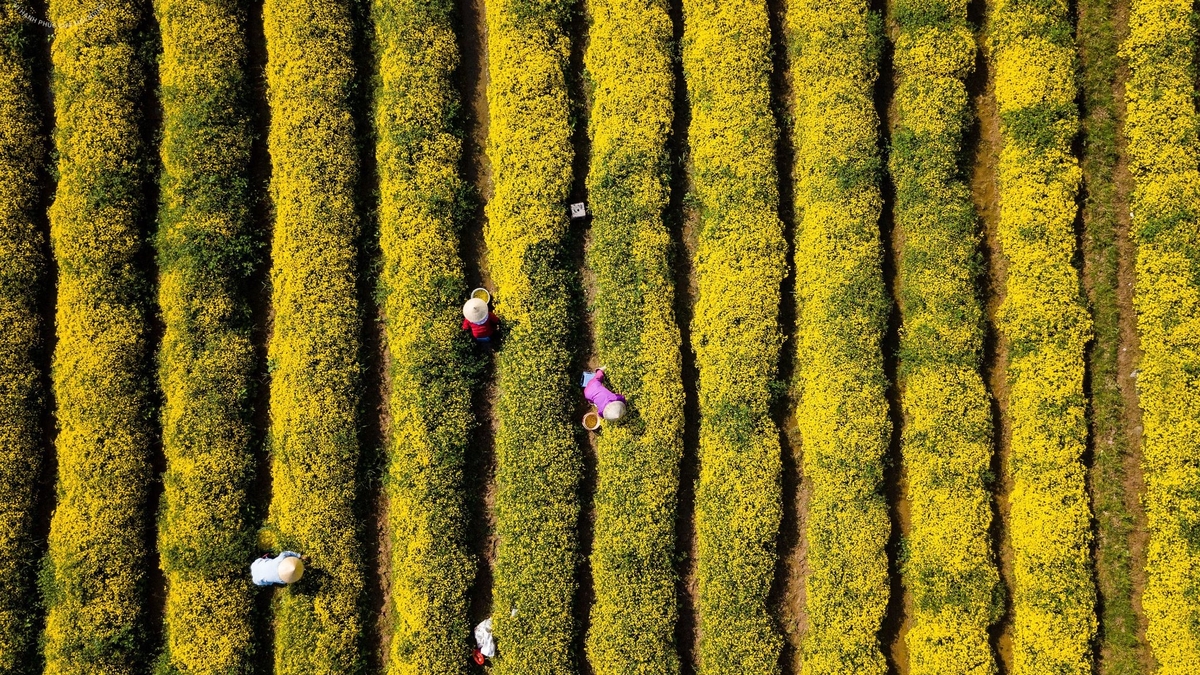
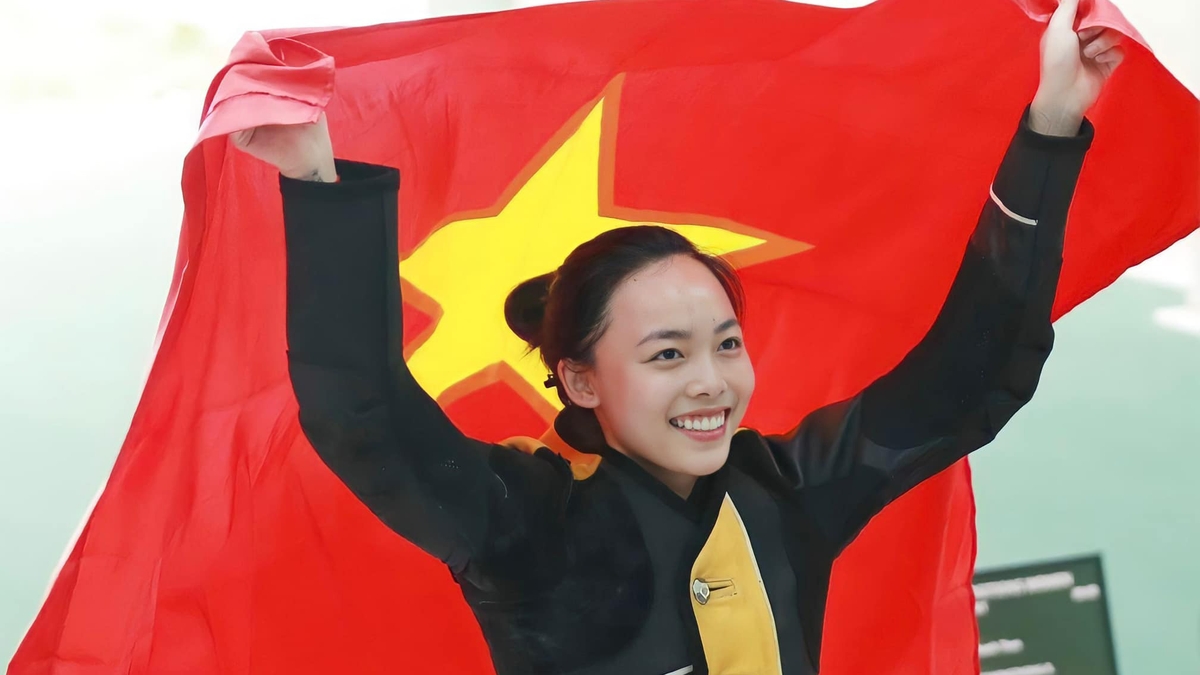

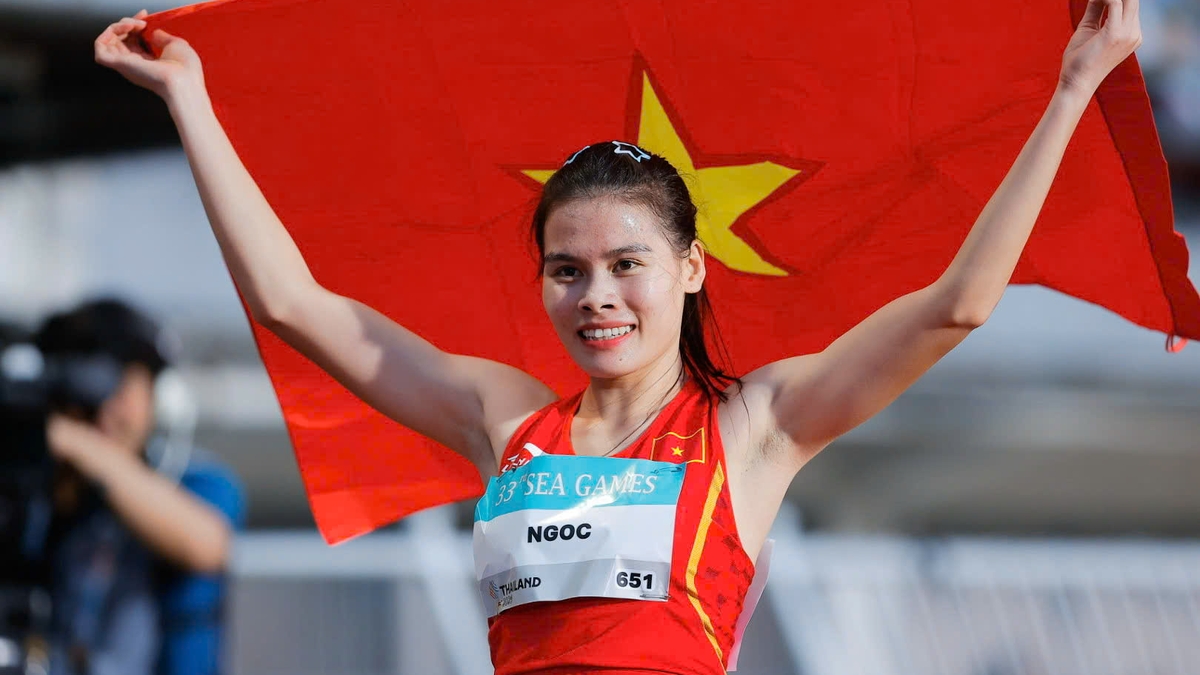

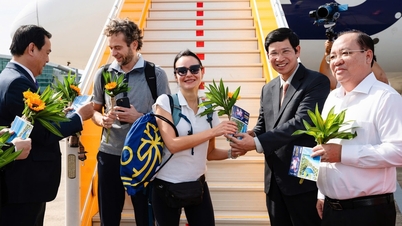

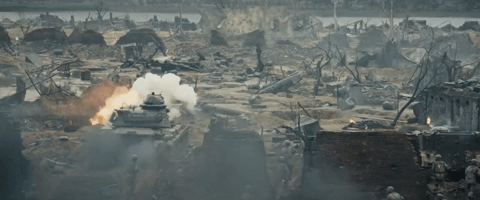

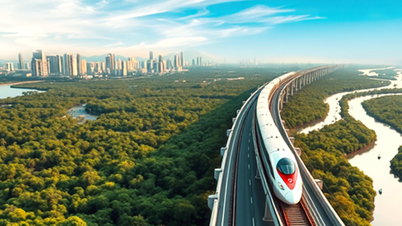






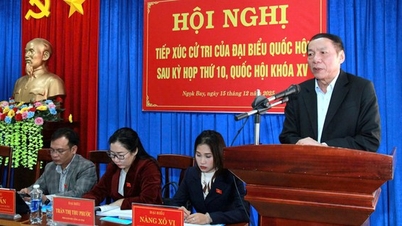



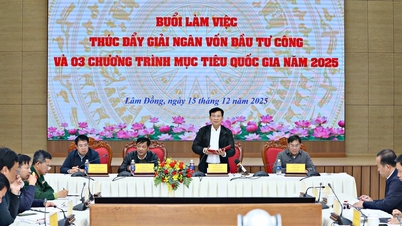

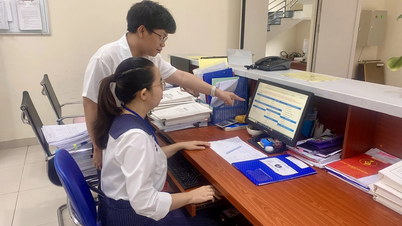




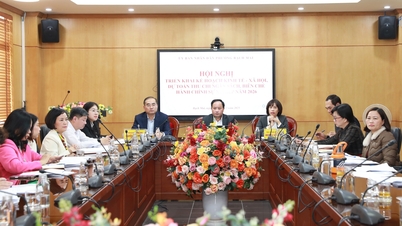












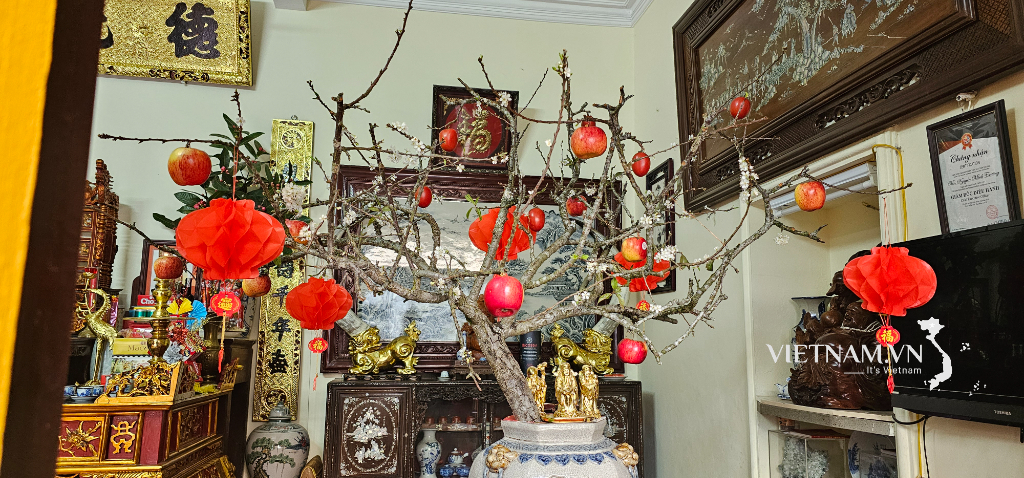
Comment (0)